Any El Paso or Tucson-area Residents??
abqpalms
18 years ago
Related Stories
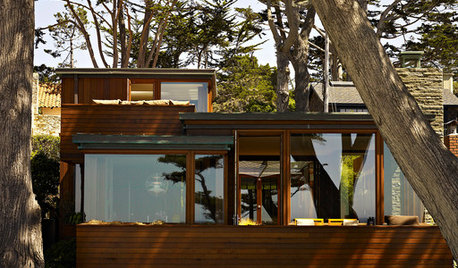
HOUZZ TOURSHouzz Tour: Wood and Wonder in a Modern Carmel Residence
Gracefully aligned with its ocean views, this Asian-influenced home for a retired California couple has a deep relationship with nature
Full Story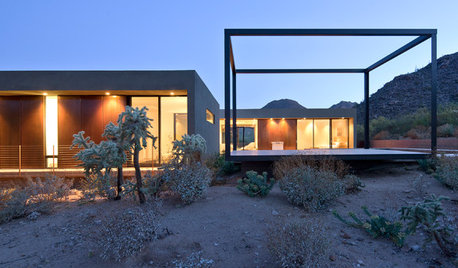
MODERN ARCHITECTUREHouzz Tour: Sensitive Minimalism in the Arizona Desert
Beautifully framed views and a design that sits lightly on the land make for a thoughtfully integrated modern home near Tucson
Full Story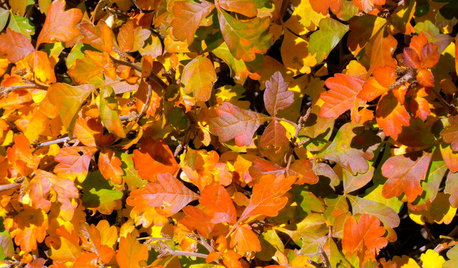
GARDENING GUIDESSouthwest Gardener's November Checklist
How to get your arid-region garden in shape for the season of outdoor living
Full Story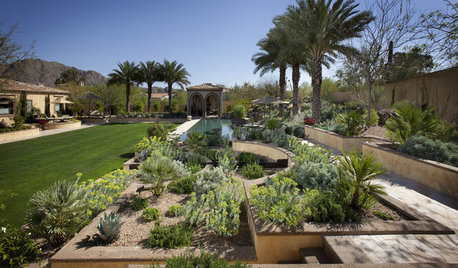
GARDENING GUIDESSouthwest Gardener's October Checklist
Softer light and milder weather make desert gardens a real joy this month, but watch the water and don't forget to plan
Full Story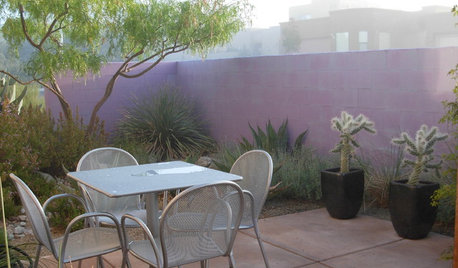
GARDENING GUIDESSouthwest Gardener's September Checklist
Arid desert gardens get welcome relief this month with cooler temperatures and moisture in the air. Here's how to make sure they thrive
Full Story0
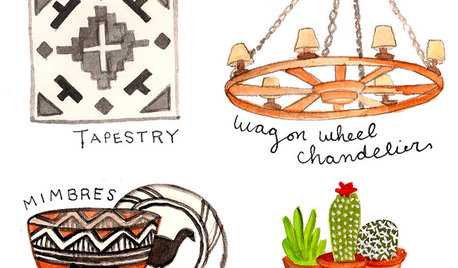
DECORATING STYLES12 Decor Pieces That Kick It Up Southwest Style
Rustle up some desert-style design from kitschy to eye catching with these Southwestern essentials for the home
Full Story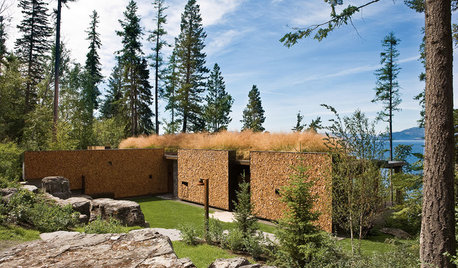
MODERN HOMESHouzz Tour: A Modern Take on a Montana Log House
Multiple buildings form a vacation compound that's more like environmental art than architecture
Full Story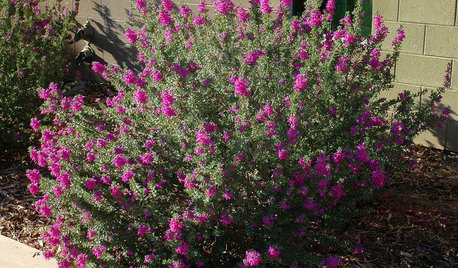
GARDENING GUIDESGreat Design Plant: Texas Ranger Explodes With Color
If purple is your passion, embrace Leucophyllum frutescens for its profusion of blooms and consider the unfussiness a bonus
Full Story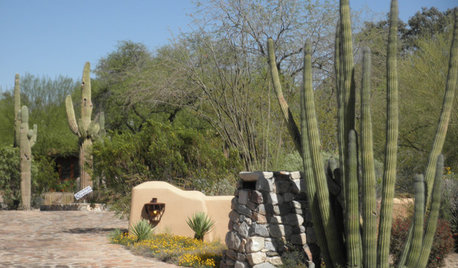
SOUTHWEST GARDENINGUnderstanding the American Southwest's Three Main Climate Zones
If you live in one of the arid or semiarid regions of the U.S. Southwest, this gardening zone guide is for you
Full Story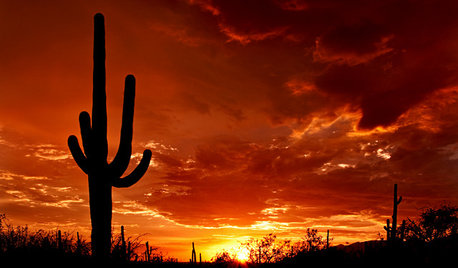
GARDENING GUIDESMeet the Mighty Saguaro of the Desert Landscape
You’ve seen its form in films, on souvenirs and much more. Now get to know this iconic cactus of the Sonoran Desert
Full Story





Joelfriday
SteveNMZ8a
Related Professionals
Beachwood Landscape Architects & Landscape Designers · Marco Island Landscape Architects & Landscape Designers · Springfield Landscape Contractors · Bedford Landscape Contractors · Broadlands Landscape Contractors · Davidson Landscape Contractors · Fort Payne Landscape Contractors · Hickory Hills Landscape Contractors · Mastic Beach Landscape Contractors · Natick Landscape Contractors · Newnan Landscape Contractors · Norwalk Landscape Contractors · Ocoee Landscape Contractors · Waldorf Landscape Contractors · North Aurora Landscape Contractorsquercus_abq
mike_el_paso
SteveNMZ8a
abqpalmsOriginal Author
adp_abq
mike_el_paso
abqpalmsOriginal Author
superman9138
quercus_abq
quercus_abq
quercus_abq
quercus_abq
aztransplant
eileenaz
luvnaz6111
mike_el_paso
eileenaz
abqpalmsOriginal Author
cactus_dude
quercus_abq
desertlvr
palmobsession
desertlvr
desertlvr